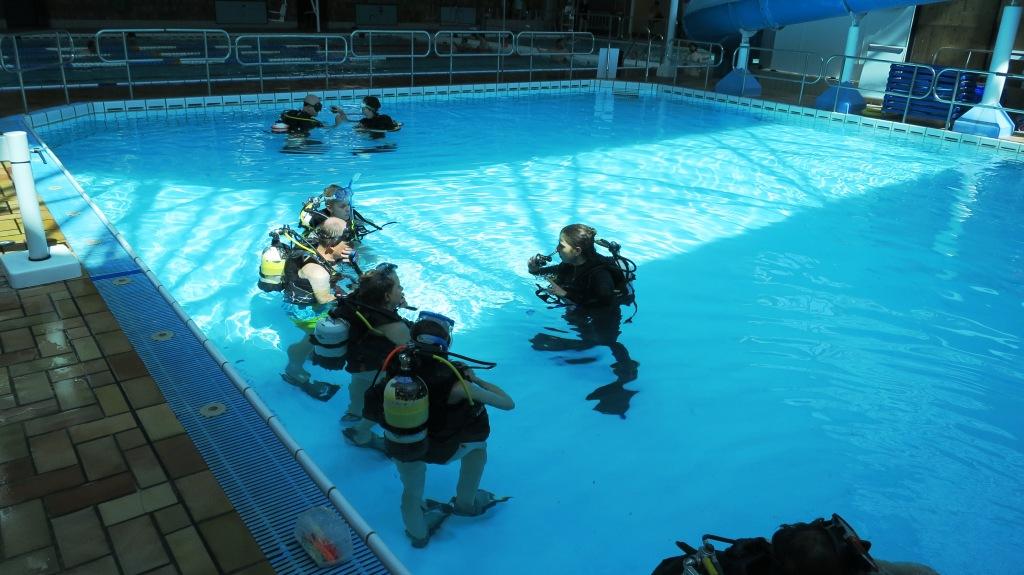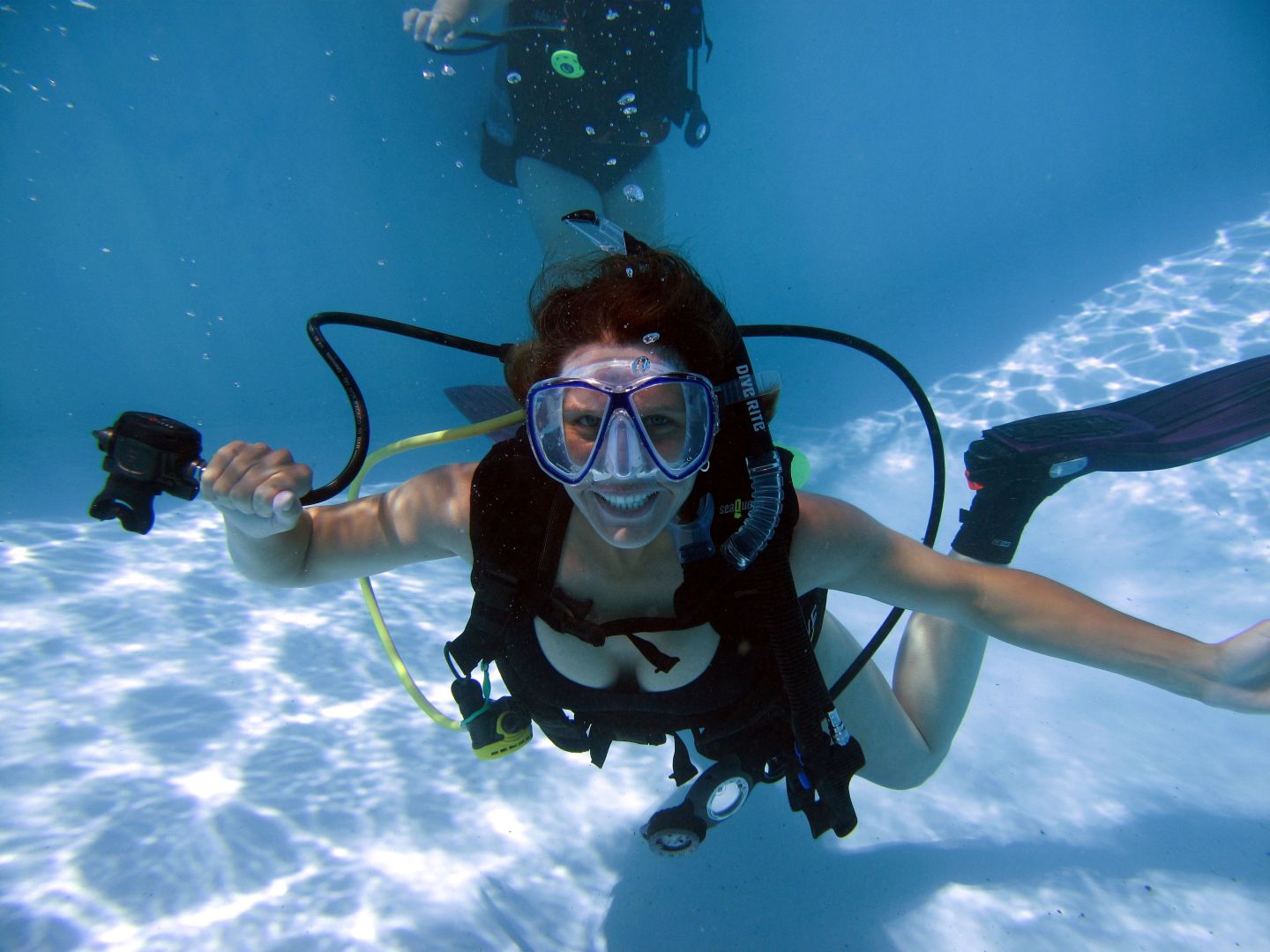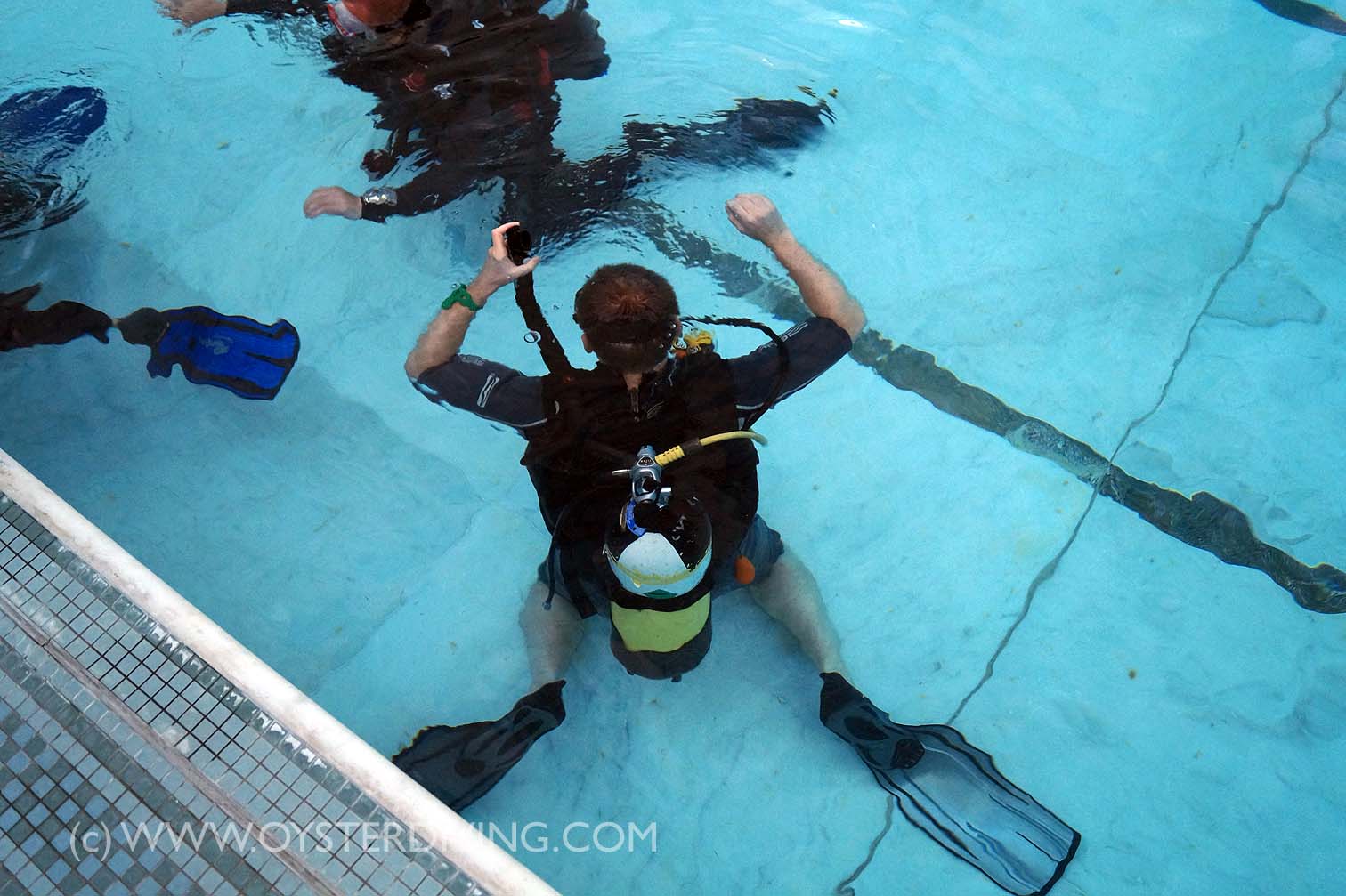A Guide to Essential Gear for Your First London Scuba Diving Course
Starting your first scuba diving course in London is an exciting step into a whole new world. You might be dreaming of exploring coral reefs abroad or even diving right here in the UK; no matter what experiences you’re hoping for, your journey begins with the right training – and the right gear.
When you train with a trusted dive centre like ours, all the essential equipment is provided as part of your course. You don’t need to invest in a full kit right away, but it’s still helpful to know what to expect.
In this guide, we’ll walk you through the key gear you’ll use, what to bring, and when to consider buying your own.
What Gear is Provided on Your Course?

When you sign up for an entry-level PADI course with Oyster Diving, both in London and any of our five other locations, everything you need to get started is included in your course fee.
We provide high-quality, well-maintained equipment from leading brands like Aqualung, so you can focus on learning and building confidence in the water.
We do, however, recommend that you at least have your own mask and snorkel if possible.
Here’s what’s typically included in your equipment:
- Fins
- Buoyancy Control Device (BCD)
- Regulator and alternate air source (octopus)
- Dive computer
- Wetsuit and weights
All equipment is provided during your pool training sessions and your open water dives, so you can try out the gear and see what feels most comfortable before investing in your own. You’ll also get expert help from your instructor on how to fit and use each item correctly.
A Deeper Dive Into Beginner Scuba Diving Kit
Each piece of a beginner diver kit is designed to help you move safely, comfortably, and confidently underwater.
Here’s a breakdown of what you need to know as a beginner:
Mask and Snorkel
- Your mask allows you to see clearly underwater by creating an air space in front of your eyes.
- A good mask should fit snugly to your face without being too tight. Your instructor will help you ensure the right fit.
- Many masks come with anti-fog coatings, but a quick rinse or anti-fog solution is often used before dives to keep vision clear.
- You’ll use a snorkel at the surface to breathe without using air from your tank.

Fins and Boots
- Fins give you the power to move efficiently through the water with minimal effort.
- You’ll likely use open-heel fins with booties during training.
- Your instructor will show you different finning techniques to improve your movement and conserve energy underwater.
We use: Aqualung X-Shot Fins and TUSA SS Dive Boots.
Wetsuit
- A wetsuit keeps you warm by trapping a thin layer of water between your body and the suit, which your body then warms.
- For pool training, a 4 or 5mm wetsuit is often used, while open water dives may require a thicker suit (depending on the season).
- Fit is important – it should feel snug but not restrictive. Your instructor will help ensure you’re comfortable.
We use: 7mm Aquaflex Wetsuits for cold water and the Aqualung 4mm shorty for the pool.
Buoyancy Control Device (BCD)
- The BCD is a jacket-like piece of equipment that you wear throughout your dive.
- It allows you to control your buoyancy by adding or releasing air from the vest, helping you stay neutrally buoyant (not sinking or floating).
- You’ll practice inflating and deflating your BCD during your training.
We use: Aqualung Wave BCD or X-Deep Zeos 28 Wing System.

Regulator and Octopus
- The regulator is what allows you to breathe underwater. It reduces the high pressure from your tank to a breathable level.
- The main regulator (which goes in your mouth) is connected to your tank, while the octopus is a bright-coloured backup regulator used in emergencies or for air-sharing practice.
- You’ll learn how to breathe from both and switch between them with confidence.
We use: Aqualung Helix Pro.
Dive Computer
- A dive computer is a small device worn on your wrist that tracks your depth, dive time, and no-decompression limits.
- Even on your first course, you’ll be introduced to how it works and why it’s such a vital safety tool for scuba divers.
Weights and Weight Belts
- To achieve neutral buoyancy, most divers need added weight. These are worn either on a belt or integrated into your BCD.
- Your instructor will calculate how much weight you need based on your body, wetsuit thickness, and other factors.
- You’ll learn how to wear them comfortably and how to perform weight-related safety drills.
What Should You Bring Yourself?

For your scuba diving lessons in London, we’ll provide the essential gear, but there are a few items you’ll need to bring to make your experience as smooth and comfortable as possible.
Here’s what we recommend you bring to each session:
- Mask and snorkel: We’d recommend you bring your own mask and snorkel for comfort and hygiene.
- Swimwear: You’ll wear this underneath your wetsuit, so choose something that fits well and stays in place.
- Towel: For drying off after your session.
- Water bottle: Staying hydrated is important, even when you’re in the pool.
If you already own a wetsuit or would prefer to use other equipment of your own, that’s absolutely fine! Just check with our instructors first to make sure it’s suitable for training.
If you have long hair, it’s a good idea to bring a hair tie or swim cap to keep it out of your face and prevent tangling in your mask or regulator. You might also want to bring flip-flops, a small snack for after your session, and a plastic bag for your wet kit.
The goal is to arrive feeling comfortable and prepared, so you can focus on enjoying your dive.
When to Invest in Your Own Gear
If you do decide to buy some of your own equipment, it’s a good idea to start with personal items like a mask and snorkel. A mask that fits your face perfectly can make a big difference to your comfort underwater, and many divers also choose to invest in their own wetsuit for hygiene and warmth, especially if they plan to dive in the UK.
The right time to invest in your own kit is personal to you. Many choose to take the plunge after they’ve completed the full Open Water Course, but you can opt for sooner or later, depending on your budget, dive frequency, and whether you’re happy with renting equipment.

Our team is always happy to advise on the best kit options to suit your diving goals and budget. Why not read our helpful blog on this topic and then head to our shop to have a browse?
Excited to get started?
Whether you want to start slowly with a Discover Scuba Diving trial session or you’re ready to begin your PADI Open Water course, we’re here to help budding London divers embark on their journey with confidence.
Our friendly, experienced, and PADI-certified instructors will guide you through every step, making sure you feel safe, supported, and excited from day one, with everything you need to get started.
